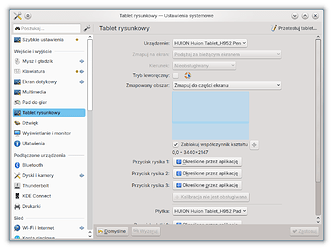It’s funny, it’s long been a point of interest for me that the need for high contrast was well accounted for (eg going back to DOS-based MS Windows there was always a ‘High Contrast’ colour scheme), yet the need for low contrast is almost unknown.
From what I can gather, this is largely a matter of ‘high contrast helps with eye problems, low contrast helps with brain problems’. Since eye problems are common, if you’re talking about contrast in a11y, you’re probably aiming for higher contrast…
It’s even difficult to search for research about high contrast sensitivity, because the terms are identical, just the roles reversed  There is research out there though, most of it falls under text legibility vs fatigue (see: gruvbox. how I love gruvbox.) and migraine.
There is research out there though, most of it falls under text legibility vs fatigue (see: gruvbox. how I love gruvbox.) and migraine.
Since my migraines are always preceded (caused? they can’t decide) by this problem, and it’s very common among migraine sufferers, my Doctors just call it a migraine symptom, although I often suffer the eyesight problems without the migraine. Sorry I can’t give you a more precise name and diagnosis, I wish my doctors could give me one!
It does increase visibility in the traditional, optical sense, but in my case, that’d be bad. When my nervous system decides I’ve had enough good days, I experience excessive persistence of vision. My issue is not that I can’t see, it’s that I’m seeing too much. I’m still seeing all the things I looked at a long time ago.
Low contrast UI means that I get a kind of blurry cloud behind everything, which sucks, but high contrast means I get a bunch of lines and shapes and blobs behind everything, which fries my brain trying to do shape recognition on non-shapes… I could go into detail on this but I don’t want to bore you.
I did find one relevant link for you regarding this, perhaps their sources might be useful to you:
https://www.w3.org/WAI/WCAG21/Understanding/contrast-minimum.html
Some people with cognitive disabilities require color combinations or hues that have low contrast, and therefore we allow and encourage authors to provide mechanisms to adjust the foreground and background colors of the content.
My health problems are neurological but not cognitive (perhaps surprisingly hahah), but… you get the idea…
Maybe useful food for thought: Firefox’s userContent/userChrome.css support is an absolute Godsend, I couldn’t use the internet without it. Atop any given icon, a combo of opacity, tint, hue rotation, inversion, and greyscaling, takes care of just about everyone’s needs. Add an ‘outline’ style icon theme (like breeze symbolic) and I think that’s the whole gamut taken care of.
Even if it has low ease of use, but near-infinite flexibility, that is a fine approach, for those who really need it. We’re just glad we have a solution, even if it is hard to apply.
Hope that helps, and thanks to you, too, for your work on this.
